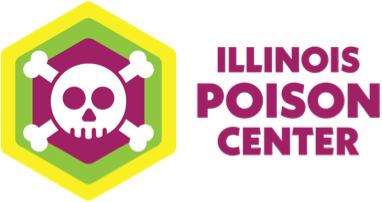Inhalants
Everyday products such as computer duster, spray paint, air freshener, whipped cream chargers and other products can be extremely dangerous when used to get high. Known as “inhalants,” these products can be physically and psychologically addictive.
Misuse of inhalants comes in several forms:
- Sniffing fumes from an open container or vial
- Huffing, or inhaling from a soaked cloth
- Bagging, or inhaling the liquid or gas from a bag
- Ballooning, or inhaling a gas from a balloon
Just one instance of inhalant abuse can result in sudden death—a phenomenon called Sudden Sniffing Death Syndrome.
Middle and high school students are most at risk for inhalant abuse. That’s because inhalants are in their homes and easy to purchase. The high from inhaling lasts only 5-10 minutes, which means it can be done between classes, on school buses and in bathrooms.
Nearly 20% of adolescents report using inhalants at least once in their lives, according to the Substance Abuse and Mental Health Services Administration, with use highest among eighth graders.
Possible Effects of Inhalant Abuse
Sudden Sniffing Death Syndrome is the most alarming effect of inhalant abuse. This is when the person’s heart develops an abnormal rhythm soon after use and does not pump blood, which leads to a cardiac arrest. The fact that your child could die after just one time is reason enough to strongly discourage the practice.
Other potential risks include:
- Heart palpitations, abnormal heart rhythms
- Coma, seizures, headache, dizziness
- Muscle weakness, loss of motor coordination
- Abdominal pain, nausea
- Nosebleeds, decreased sense of smell
- Difficulty breathing, wheezing
- Permanent damage to the heart, kidney, brain, liver, bone marrow and other organs
Because inhalants are addictive, abusers can suffer withdrawal symptoms once they stop.
How to Spot Inhalant Abuse
Look for the following signs of a serious inhalant abuse problem:
- Chemical odors on the breath or clothing
- Paint or other stains on the face, hands or clothes
- Hidden, empty spray paint or solvent containers and chemical-soaked rags or clothing
- Drunkenness or disoriented appearance
- Slurred speech
- Nausea or loss of appetite
- Inattentiveness, lack of coordination, irritability and depression
How to Prevent Inhalant Abuse
- Talk with your children about the dangers of inhalant abuse and discourage them from experimenting with such products.
- Speak with your children’s teachers, guidance counselors and coaches.
- Openly discuss the devastating consequences of inhalant abuse, even after just one use.
- If you suspect your child or someone you know is abusing inhalants, consider seeking professional help. Contact your primary care physician, a local drug rehabilitation center or other services available in your community.
IPC is here to help. Contact us immediately at 1-800-222-1222 if you believe your child is using inhalants and experiencing any of the symptoms listed above.
